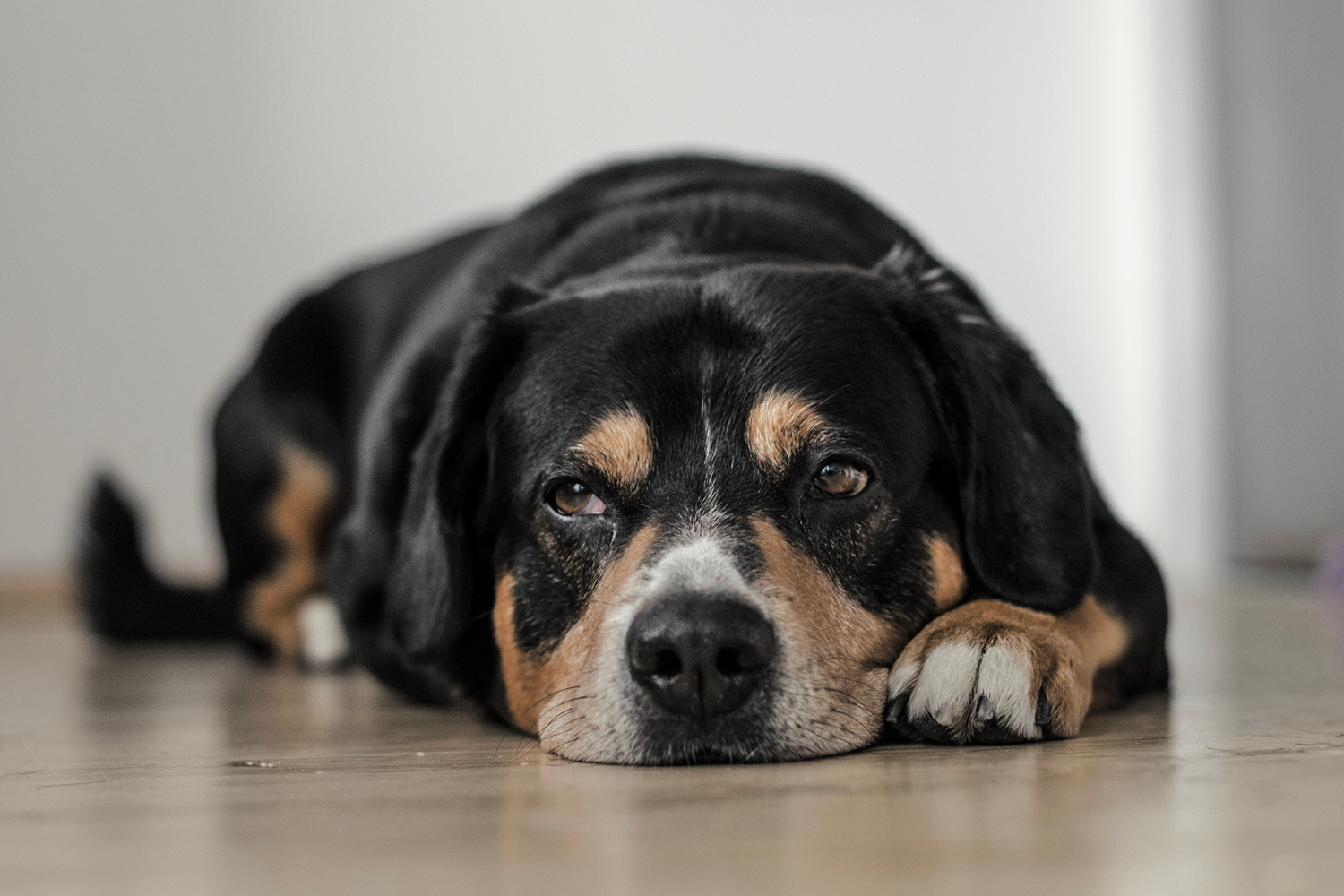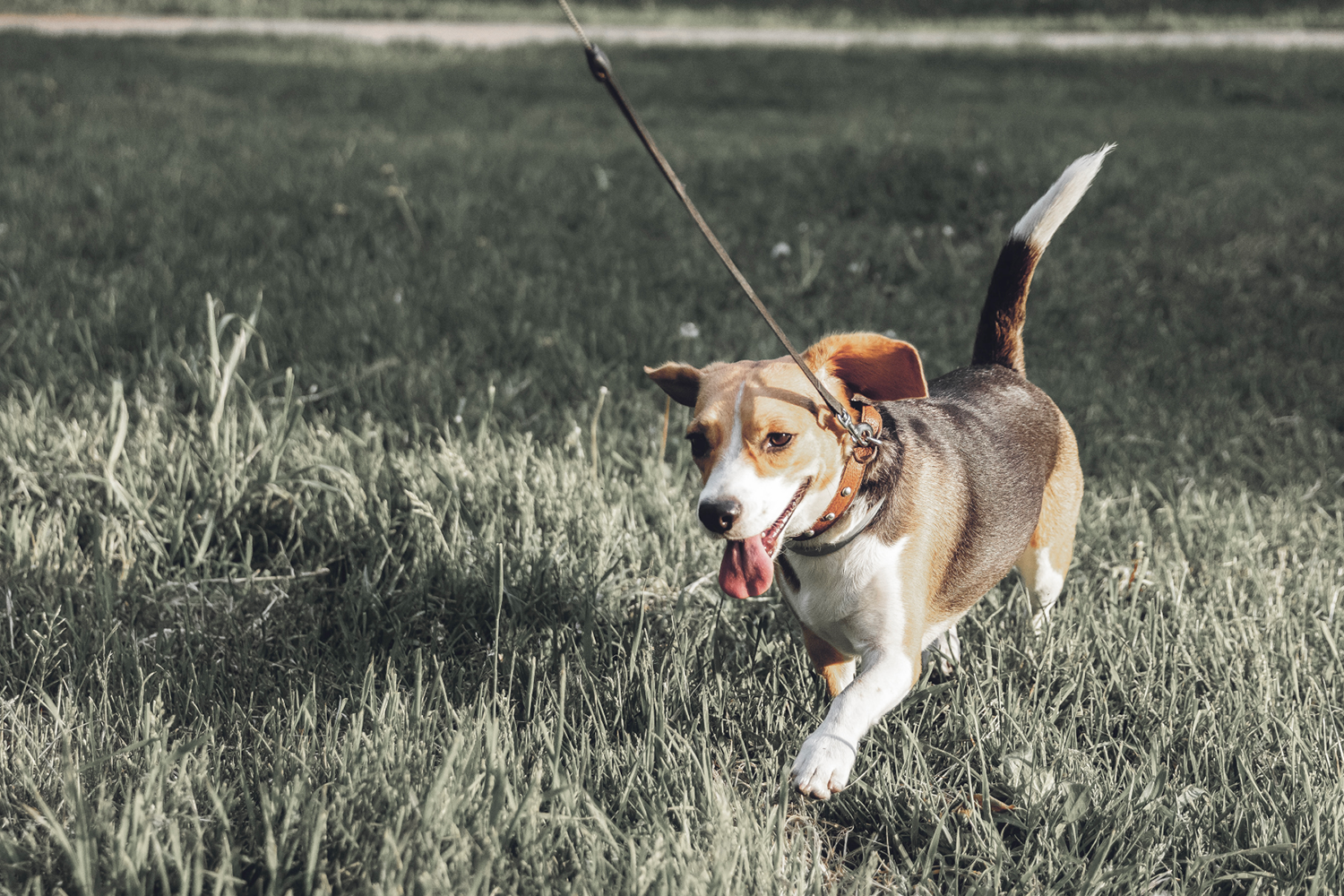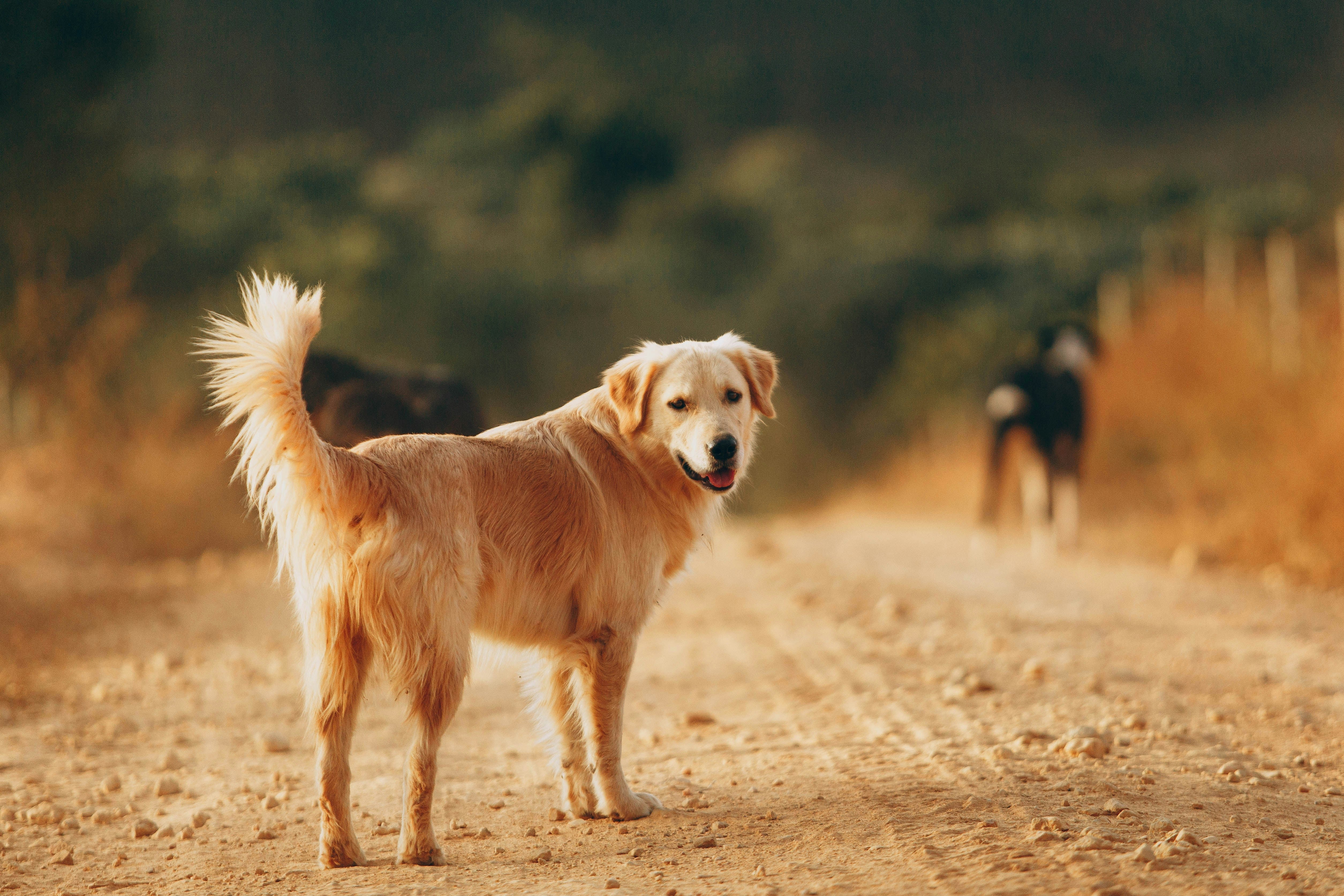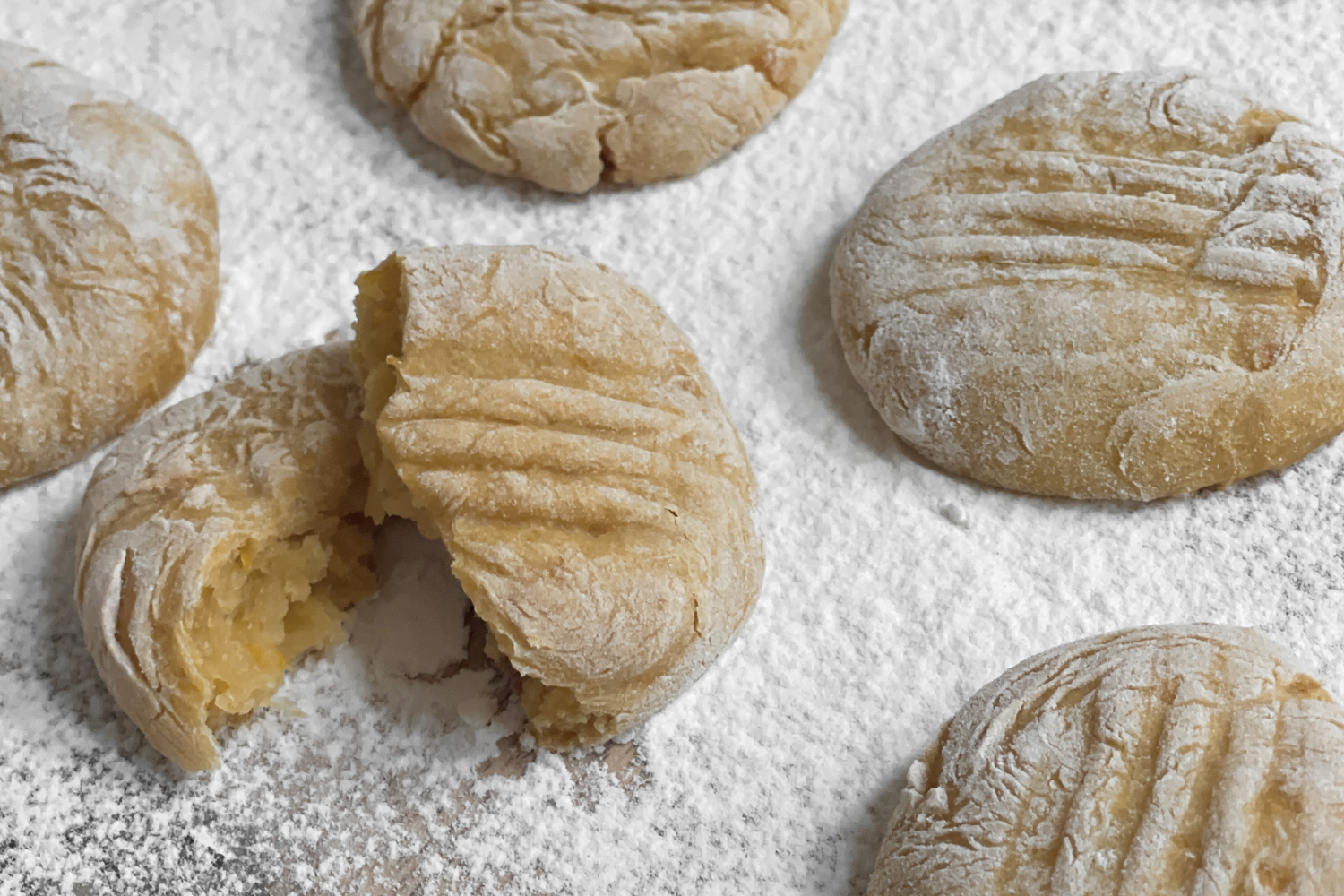Recognising and Helping Your Arthritic Dog at Home

By Dr Jarrett Brown BVSc (Hons), Veterinarian
As we start to move through Autumn, reprieve from the hot weather is welcomed by many of us. It is this cooler weather, however, that can often exacerbate the symptoms of joint pain, and provide early clues that your beloved pooch may be developing arthritis.
Arthritis is a degenerative and progressive condition that affects up to 1 in 4 dogs within their lifetime. It is important to remember, that many dogs can be extremely stoic, so the early signs they show of pain, can be quite vague.
Does your dog…?
• Take more time to rise off the ground, especially after sleep
• Show reluctance, or hesitate to walk up stairs or jump onto the couch
• Sleep more, interact less with family members, or seem more “grumpy”
• Have less enthusiasm to go for a walk, or play with other animals
• Appear stiff or limp when walking, often towards the end of the day or after exercise
If any of the above is true, they may be affected by arthritis.
Whilst your veterinarian is the best person to confirm your suspicions and provide a comprehensive management plan, there are modifications you can make yourself to assist.
1. Weight management
Obesity can be a major contributor to the development or progression of arthritis. Therefore, if your dog is overweight, losing some extra kilos can be extremely effective in reducing their discomfort. This may start by reducing the amount of food they eat or cutting out the extra treats they receive throughout the day. Your vet can help guide feeding amounts, types of food and your pet’s “target weight.”
2. Altering their exercise
Exercise is important, even in arthritic dogs, however high impact activities (such as running or ball chasing) or long periods of exercise can exacerbate joint pain and therefore should be minimised. Consider shortening their walks (but making them more frequent), keeping them on level ground and at a controlled, sensible pace. If your dog likes to swim, this can be a great form of low-impact exercise.
3. Care around the house
Make sure their bed provides a thick layer of cushioning and is positioned away from cold drafts. During colder weather, providing a blanket can help keep their joints warmer. Reducing the need to use stairs around the house (if practical) and placing anti-slip mats on smooth flooring can also be beneficial.
Don’t mistake “slowing down with age” as a normal process. With some easy changes to your dog’s lifestyle and consultation with your vet, comfort, mobility and quality of life can be greatly improved!





Comments